
sky displays & earth produces
Elysium – capturing Hydrometeors

Inspiration
In its International Cloud Atlas, the World Meteorological Organization defines a cloud as a ‘hydrometeor’ – a structure consisting of minute liquid and/or solid (ice) water particles suspended in the atmosphere and usually not touching the ground. Clouds may also contain larger solid or liquid water particles, along with dust, fume or smoke particles.
According to the Atlas, there are more than one hundred types of hydrometeors. These many variations can be grouped into one-of-ten basic types according to their general shape and height above the ground. These ten broad types can be further grouped into four categories – as hydrometeors that:
- occur below two thousand metres – the low-level clouds – cumulus, stratus and stratocumulus
- occur between two and six thousand metres – the middle clouds – altocumulus, nimbostratus, and altostratus
- occur above six thousand metres – high-level clouds – cirrus, cirrocumulus and cirrostratus
- tower through the three levels – cumulonimbus.
Hydrometeors are formed when saturated air is cooled to its dew point – where water droplets form, or where the air draws together sufficient adjacent moisture to form water vapour that pulls the dew point to the ambient temperature.
Such a ‘dry’ scientific explanation belies the infinite form these structures can take, and their potential as objects of fascination, beauty and wonder. Clouds also have an endless ability to act as canvases for light, cloaking themselves in myriad hues, shades, tones and tints.
An enticing resource
The image archive supporting Make Books Australia has, particularly since 2010, seen a steady inflow of cloud photos. That inflow is the result of conscious effort to establish a regime of sky scanning – at times when interesting cloud displays tend to appear – particularly early morning and later afternoon during spring and autumn.
Today, the image archive contains thousands of cloud photos taken in myriad weather condition, across all times of the day, evening and even at night. Those images range from mundane to dramatic, from pretty to powerful, and across the colour spectrum.
While images from this area within the archive have been used to support other Make Books Australia titles, it was inevitable that there would be a book series just drawing on these images. The challenge was how best to approach this project.
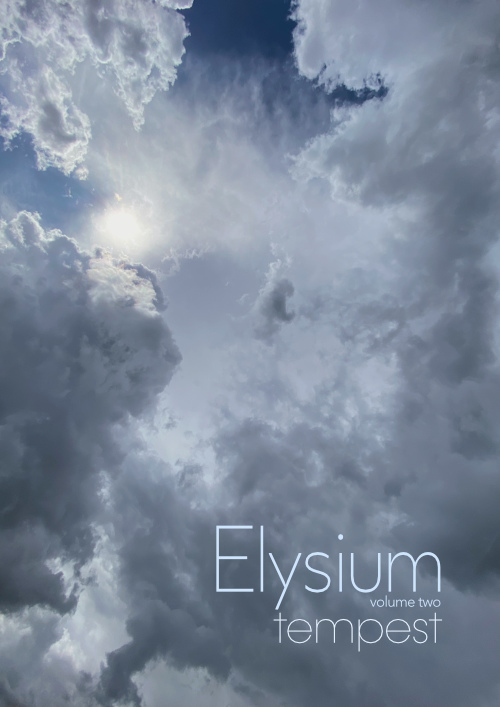
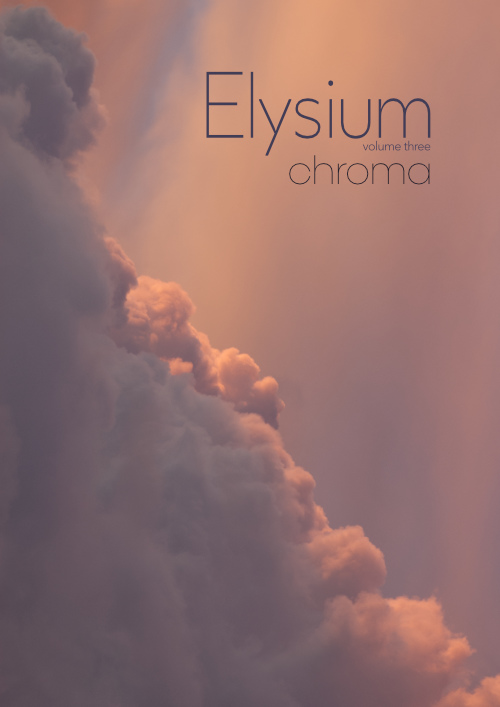
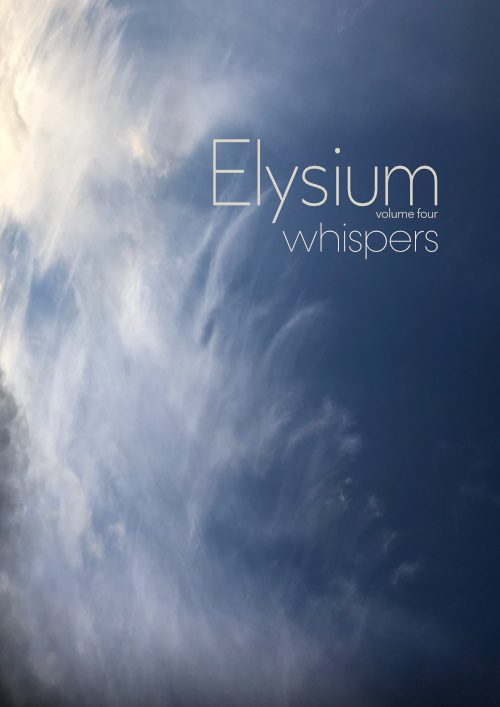
Series title
Production
An early project development step was setting a series title.
The Ancient Greek concept of Elysium was as a counterpoint to Hades – the unseen realm beneath the earth populated with the souls of the dead. The Elysian Fields was believed to be the destination, after death, of the heroic and the righteous – a realm where they would live a blessed and enjoyable afterlife.
The endless variation, ephemeral nature, and at times sheer majesty of hydrometeor images on which the series will draw, suggested an affinity with the concept of an afterlife realm for the heroic and righteous.
Having set Elysium as the series ‘brand’, the intention is for individual volume titles to provide an umbrella for images within those volumes. At this relatively early planning stage, four umbrellas have been identified – as shown in the draft covers on this page. Each umbrella may expand, be tweaked, or augmented, as the design process advances.
Early design work is underway, with a reasonably advanced ‘look’ formulated for the series. Initial photo editing is also underway. A production schedule is in train.
Under an optimistic production schedule, the first title in the Elysium series would be published before the end of 2023. More realistically, that publishing event may be during 2024.
Chronicling a garden journey
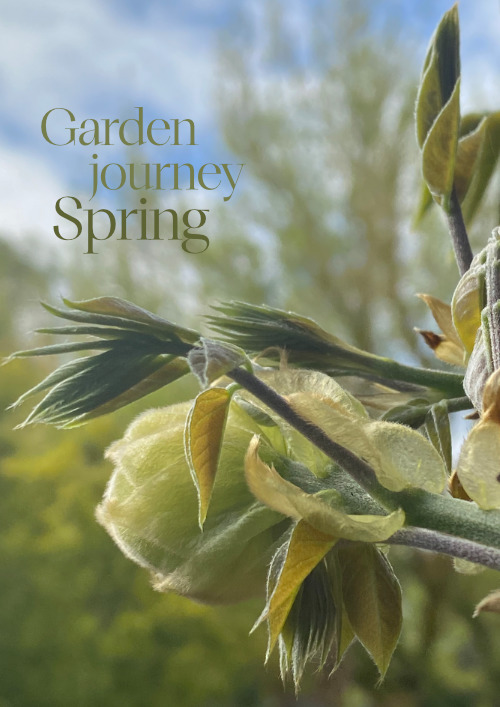
A budding resource
A good portion of early archive images could be classified as recording ‘nature’ – particularly Australia bush and native vegetation. Subsequent decades saw a steady inflow of such images into the archive.
By contrast, during the last few years that inflow has increased considerably – largely around image associated with domestic gardening – leading to this category blossoming.
The pandemic period, in particular, led to greatly increased opportunities to study and capture images around domestic gardening, and to literally set the photographic landscape for this photo source. In addition, weather, seasons and mother nature combine to offer continuous and near-endless photo opportunities.
While archive images around domestic gardening have supported other Make Books Australia titles, those reproduced images represent a tiny fraction of the archive harvest available. With readers showing perennial interest in titles around gardening, thoughts turned to seeding a series of domestic garden titles.
Immediate challenges revolve around how best to ‘grow’ this project.
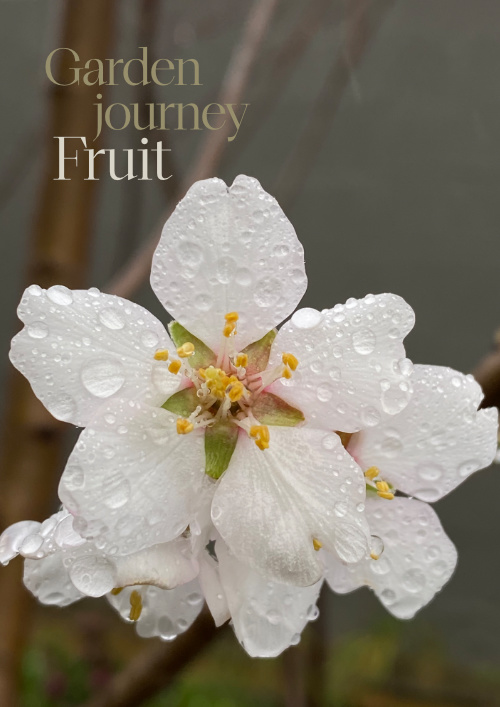
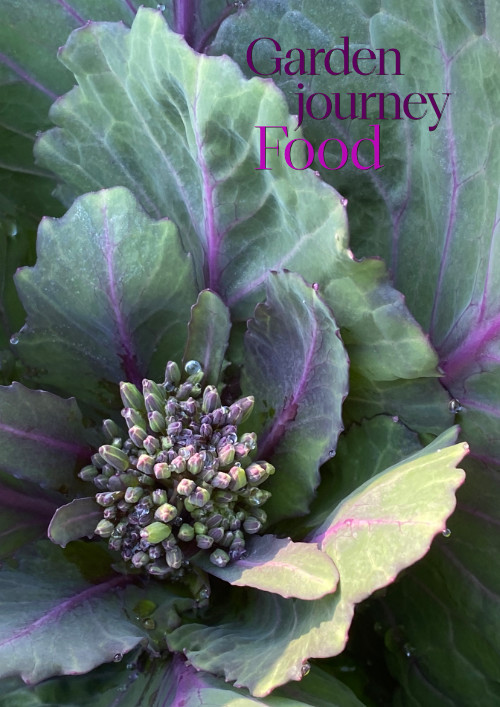
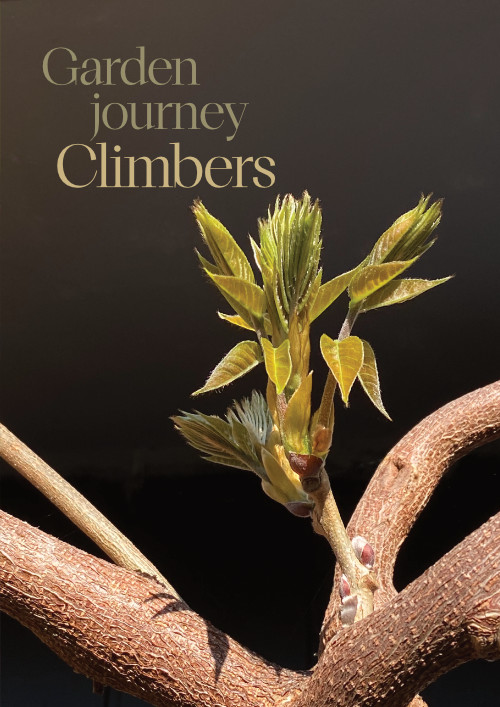
Series title
Production
Potential series readers may well consider their experience in developing and maintaining a domestic garden as a journey. As an endeavour that is never done, that is subject to continual exploration, surprise, and delight. Reflecting on these thoughts a very simple series title came into leaf: Garden journey.
Reviewing ‘domestic garden’ images within the archive, two approaches to presenting that content emerged. One is to group images and thoughts by season. The second is to group by broad plant variety. The two approaches are not mutually exclusive. As series development continues – particularly with more extensive picture selection – the initial groupings, as represented by the draft cover designs on this page, may be refined.
Early design work is underway, with a reasonably advanced ‘look’ developed for the series. A production schedule is forming. Under an optimistic schedule, the first title in the Garden journey series would be published before the end of 2023. However, a more realistic timeline may be for the first Garden journey title to emerge during 2024.
